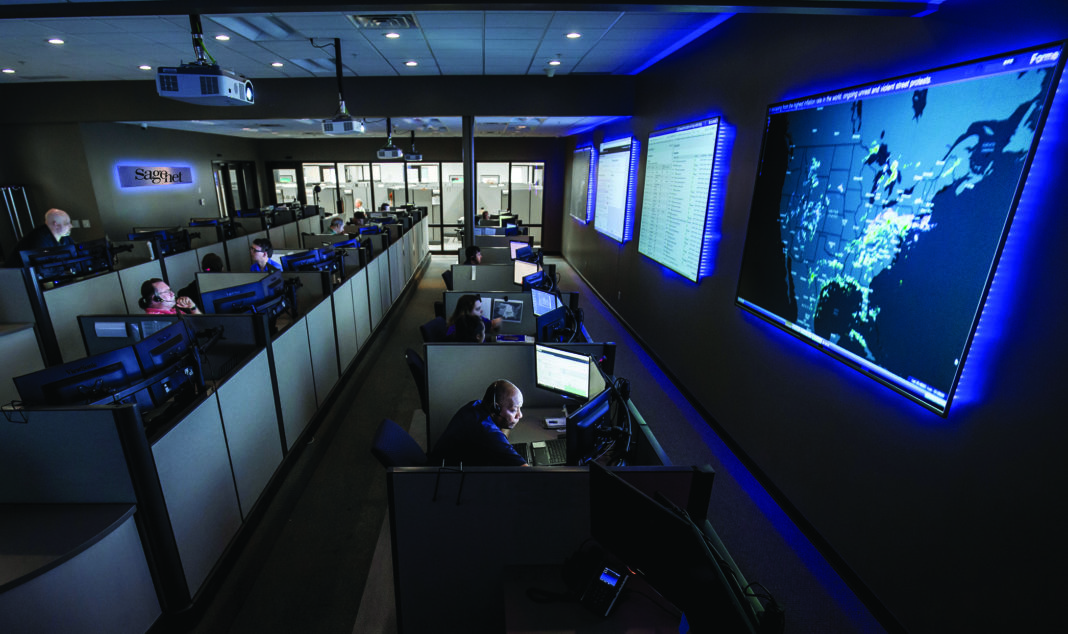Paying off ransomware attackers is something business owners don’t exactly like to think about. Yet, just about every 11 seconds, bad actors from around the globe – or even grandma’s basement – launch malicious software that infects a computer. They often hold the data hostage until ransom is paid.
That’s where Tulsa-based SageNet steps up.
One division of SageNet focuses its technology and advice on trying to keep businesses from ever having to negotiate with a cybercriminal … and potentially paying anywhere from $2,500 to several millions of dollars to recover their files … sometimes only to be hit again.
“Unfortunately, criminals are very attuned to [creating] enough pain that, for them, this costs very little,” says Brad Wise, SageNet chief executive officer. “So, if they can get dollars of any substance out of it, it’s a win for them.”
Criminals target “big game” like JBS Foods and Colonial Pipeline Co., but are finding it easier to fly under the radar to hit small and mid-sized companies with less sophisticated cybersecurity, the U.S. government reports. About 46% of small businesses have suffered a ransomware attack and many go bankrupt after a cyberattack, research shows.
“Often, the ransomware comes through someone internally who does some sort of email attachment that allows that vulnerability to take place,” says Wise.
SageNet professionals recommend unwavering vigilance, backing up data and using updated systems. If those efforts fail, Wise says the first step for a company under attack is to contact authorities. StopRansomware.gov is the government’s one-stop location for ransomware reporting and education.
SageNet’s Offerings
“We do multiple things for customers,” says Wise. “Cybersecurity is one.”
When serial entrepreneur and current chairman Daryl Woodard launched SageNet in Tulsa in 1998, he focused on big computer networks for retailers. The business grew and picked up other tech companies in Philadelphia, Chicago and Washington, D.C. Early last year, the company added Atlanta and Toronto offices when it acquired Convergent, a digital signage company.
“Digital signage … is a growing area for us,” says Wise. “Within the overall industry, it’s a very nicely growing area.”
SageNet’s digital signage footprints travels throughout Oklahoma and the country at large. Their signs are animated, colorful displays in convenience stores, fast-food restaurants, pizza joints and financial institutions.
The company’s digital signage division came to the rescue when some of WeStreet Credit Union’s 17 branches had problems in 2019. Their digital signs weren’t always dependable in displaying the fluctuating, regulated information on loan and interest rates.
SageNet and the credit union’s staff uncovered issues with older software and media players. Ultimately, the tech company updated the system and began monitoring the network and digital signage.
The next big digital thing in banks and credit unions, Wise says, is likely QR codes on lobby screens.
SageNet customers include the nation’s largest retail, financial, healthcare, utilities and energy organizations. Company employees total more than 450 across all offices, managing technology communications at more than 220,000 endpoints.
“We love Tulsa,” says Wise, who typically works out of the Washington, D.C. area office. “We love having the headquarters there.”


























